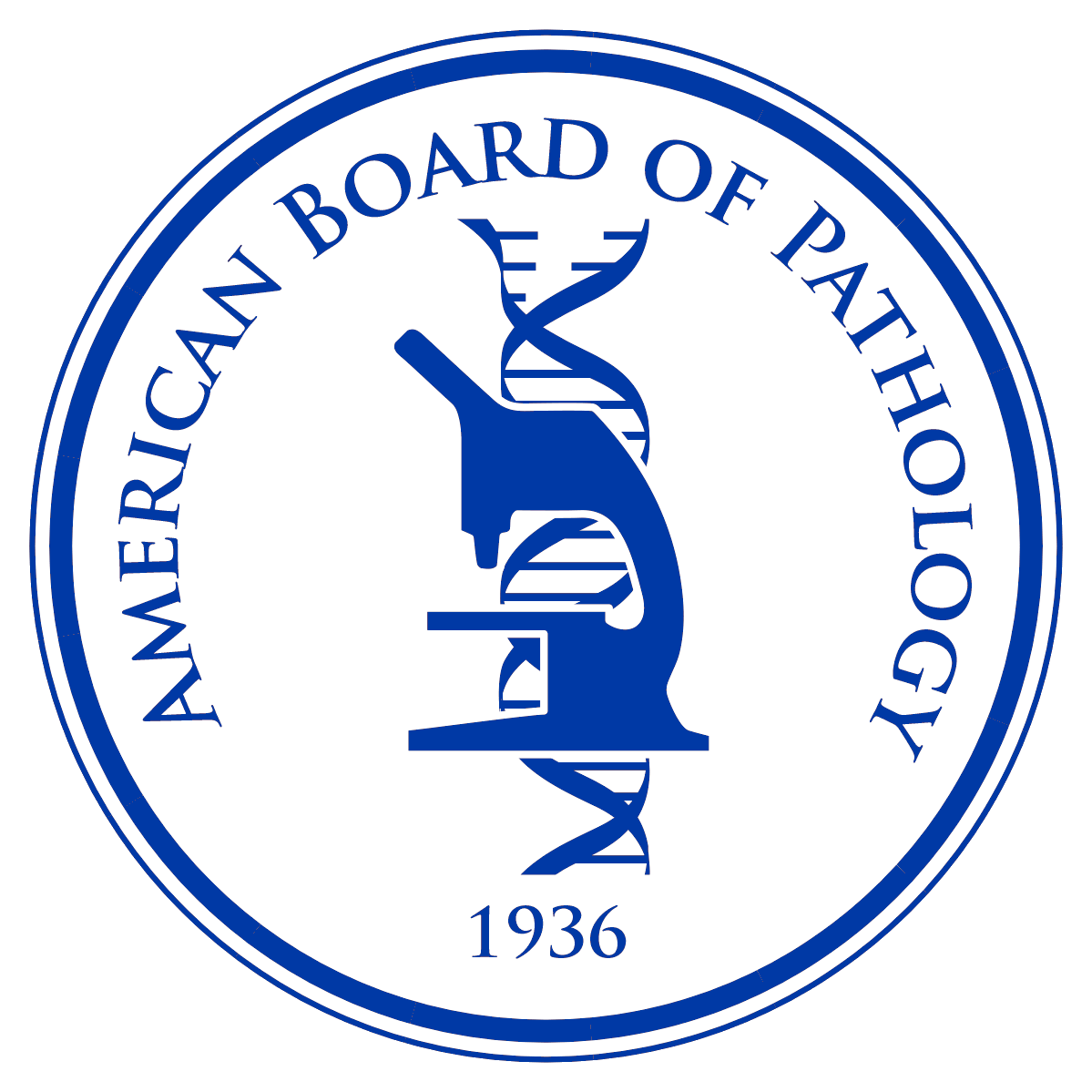Cytopathology
Cytopathology Exam Description
The examination in cytopathology is a one-day, computer-based examination consisting of combined Written and Practical sections and Virtual Microscopy (VM) sections. There are no glass slides, only VM. The examination is administered as follows:
| Cytopathology Exam | Total Number of Questions | Total Time |
| Written/Practical Sections | 220 | 4 Hrs. 4 Mins |
| Virtual Microscopy | 70 | 3 Hrs. 48 Mins |
All questions are multiple-choice, single-best answer format. The questions assess the candidate’s body of knowledge, judgment and problem-solving ability. The practical questions include interpretive and problem-solving aspects of cytopathology, including clinical, radiologic and histologic correlation and management guidelines. The written questions include factual, administrative, technical, and regulatory aspects of cytopathology, systems-based practice, and patient care. The virtual microscopy examination requires using locator skills, diagnostic interpretation, and correlation with histologic findings. Typically, the cervical/anal cytology slides will be dotted; FNA and non-gynecologic slides are usually not dotted.
Exam content areas include, but are not limited to:
Gynecologic/Anal Cytopathology
- Sample collection, preparation, automation, and ancillary testing
- Morphology of normal, reactive, infectious, and epithelial abnormalities
- Bethesda System terminology for reporting cervical cytology, WHO/LAST recommendations for histopathology reporting of HPV associated squamous lesions of the lower anogenital tract.
- Primary prevention of cervical cancer- HPV vaccination
- Secondary prevention of cervical cancer: current screening and management guidelines from key organizations (ACS, USPSTF, ASCCP, ACOG, etc.)
Non-Gynecologic and Fine Needle Aspiration Cytopathology
- Includes specimens obtained from all body sites
- Sample collection (techniques, indications) and processing,
-
- Specimen types-direct smears, liquid-based preparations, cell blocks, core biopsies, crush/squash preparations and touch imprints of core biopsies, gross specimen scrapes.
- Stains – familiarity with air dried Romanowsky, alcohol fixed Papanicolaou, and H&E stained preparations is expected.
- Specimen types-direct smears, liquid-based preparations, cell blocks, core biopsies, crush/squash preparations and touch imprints of core biopsies, gross specimen scrapes.
- Morphology of normal, reactive, infectious, and neoplastic/malignant entities
- Standardized cytopathology reporting terminology recommendations for thyroid, salivary gland, pancreaticobiliary, breast, urinary, serous fluid and respiratory cytology.
- Ancillary studies (histochemical /immunochemical stains, flow cytometry, molecular, cytogenetic, and genomic testing)
- Includes applicable
-
- Clinical presentation, radiologic findings, disease associations, and prognostic significance
- Pathogenesis, epidemiology, molecular/genetic changes
- Cytologic-histologic correlation
- Clinical management including applicable professional guidelines (e.g., ATA etc.) and targeted therapies/ companion and complementary diagnostics
Laboratory Management/Administration
Cytopathology laboratory accreditation requirements, quality assurance, safety, federal laws and agency regulations, physician credentialing, Continuing Certification, litigation, validation, statistics relevant to health care, informatics, digital pathology, billing and coding.

